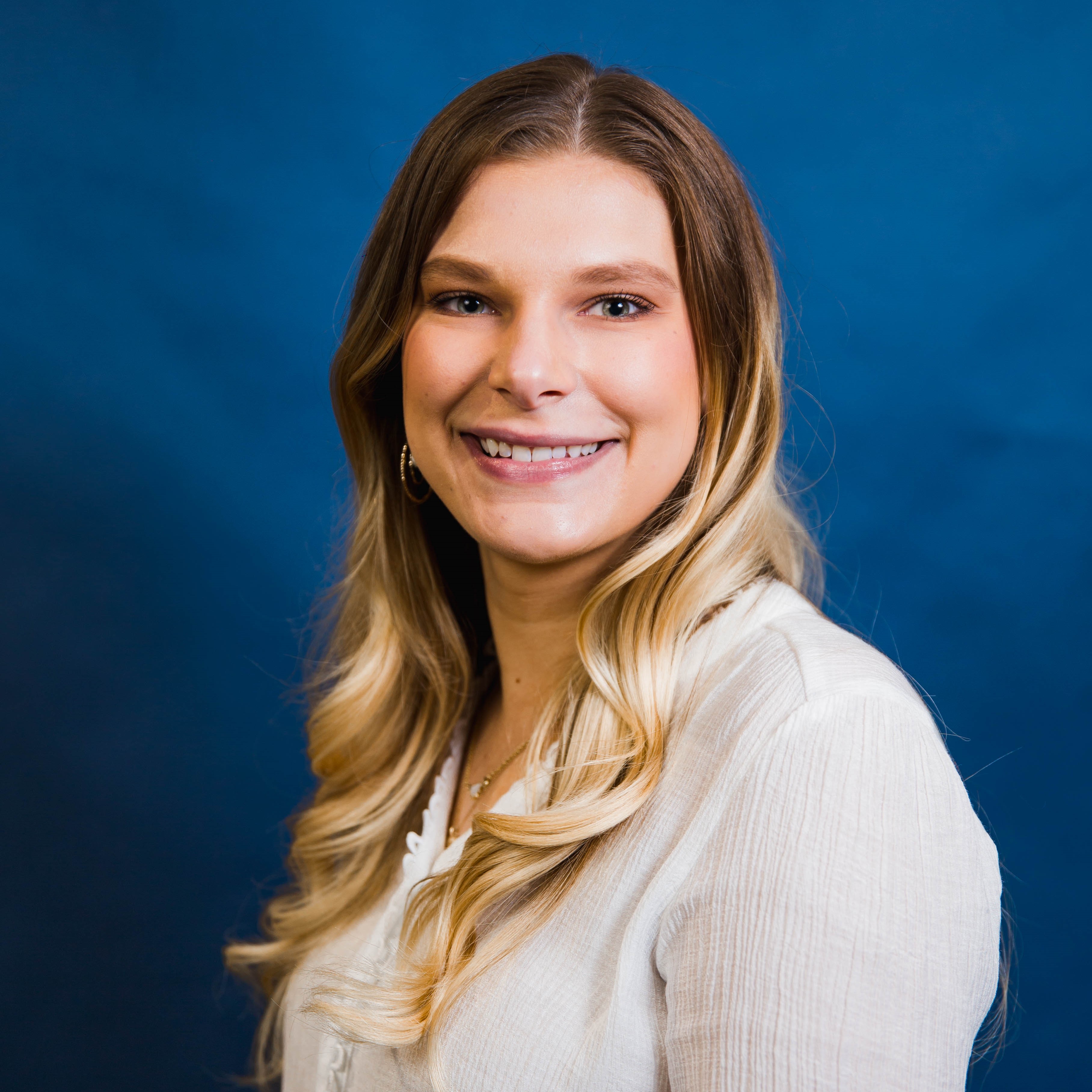For those new to Medicare Advantage and prescription drug plan sales and marketing, Scopes of Appointment (SOAs) can be a foreign idea. But the basics of SOAs play a major role in the industry.
What is a Scope of Appointment? It is a document that defines the range of products an agent can discuss with a client during an appointment. If you’re using Ritter’s Shop & Enroll platform, electronic SOAs (eScopes) make the process even more convenient! It’s a good idea to check out the latest Medicare Advantage & Part D Communication Requirements & Part D Communication Requirements, to ensure you always know how to remain compliant.
There’s more to know about SOAs. Here are the answers to a few frequently asked questions.
Who does an agent get an SOA from?
Before any one-on-one marketing in person, online, or over the phone, the agent must obtain an SOA in advance from the beneficiary.
When must the Scope of Appointment be obtained?
When setting up an appointment to meet the beneficiary, you should obtain a signed eScope prior to the appointment.
Note: For the 2024 Annual Enrollment Period and beyond, CMS has reinstated the 48-hour rule.
Exceptions to this rule include when a beneficiary is four days or less from the end of a valid enrollment period (e.g., Annual Enrollment Period, Open Enrollment Period, Special Enrollment Period, Initial Coverage Election Period) or unscheduled in-person meetings (walk-ins) initiated by the beneficiary. In these situations, you must still collect an SOA before talking with the beneficiary about their options.
What documentation do you need?
Your SOA should:
- Be a signed agreement by the beneficiary
- Be a CMS-approved form
Does the “Agent Contact Information” on a SOA need to be agent-specific or can it be general for an agency?
The beneficiary must be able to contact the documented person or company for any questions regarding the appointment. If the SOA reflects that an agent from Company A will contact someone on Monday at 10AM ET, the agent that conducts the appointment must be a licensed agent at Company A.
In between the time they collect the SOA and the 48 hours, must agents wait to complete the needs assessment? Is it solely the enrollment they cannot collect for 48 hours?
During the 48 hours between SOA collection and the appointment, agents may not discuss plan details with the beneficiary. No sales/marketing consultations regarding MA/MAPD/PDPs should be conducted until the scheduled appointment.
Can an agent discuss other products not checked on the SOA form?
No. You are only permitted to discuss the products checked off on the SOA form that was completed prior to the appointment in accordance with the 48-hour rule.
How long is a Scope of Appointment good for? Is the SOA form good for multiple appointments?
An SOA form is not an open-ended agreement. Once the beneficiary enrolls in a plan or decides not to enroll in a plan upon completion of an appointment, the SOA is considered used and is no longer valid. If the beneficiary wants to take additional time to consider their options, agents may use the same SOA for subsequent follow-up appointments. If the appointment needs to be rescheduled, the previously signed SOA form is valid for a 12-month time frame from the beneficiary’s signature date or their request for more info. And again, the products discussed are limited to only what is recorded on the signed SOA.
If a beneficiary wants to consider their options after an appointment and asks an agent to return at a later time, does the agent have to complete another Scope of Appointment for the follow-up meeting?
A new Scope of Appointment is not needed. If the beneficiary wants to take additional time to consider their options, agents may use the same SOA for subsequent follow-up appointments.
Is an SOA form required for an agent to meet with an existing client?
Yes. The CMS Scope of Appointment rule doesn’t differentiate between current and prospective clients. You must collect an SOA before appointments with both current and prospective clients.
Is the SOA form required at a sales or marketing event?
No. Marketing and sales events are generally open to the public and are not individual sales appointments. However, if a beneficiary wants to schedule a one-on-one appointment for a later time, they will need to fill out an SOA form beforehand, and the 48-hour rule needs to be upheld (unless a valid exception applies). While this is the general rule, agents are advised to check with the carrier(s) they represent at the event for their specific guidelines.
Is an SOA form required to be submitted with all enrollment applications?
Generally, yes. The agent is required to submit an SOA form for all applications that involved an individual appointment. Certain carriers may only require the submission of an SOA upon request. Be sure to check the carrier’s specific policy.
For guidelines regarding SOA submission when enrolling clients through the Shop and Enroll platform, please consult Ritter’s New Biz team at [email protected].
What should I do when unexpected beneficiaries showed up at a properly scheduled face-to-face appointment?
Due to the reinstatement of the 48-rule for the 2024 AEP, you can only compliantly meet with the beneficiaries who have completed an SOA 48 hours prior to the appointment, unless a valid exception applies.
Is an SOA form required for applications that are submitted via snail mail?
Yes, if the application is mailed to the Medicare beneficiary for completion after a one-on-one discussion of a plan.
Is a documented permission to contact the same as an SOA form?
No. Permission to contact the beneficiary and an SOA form are two different things. A permission to call or contact is simply permission provided by the beneficiary to be contacted. It is not a substitute for the SOA form. Similarly, an SOA does not give the agent permission to contact the beneficiary after the sales presentation.
Note: Shop & Enroll’s innovative eScope is an exception to this rule. Any beneficiary who completes this form on your site provides both permission to contact and the scope of products they’re interested in. This generic eScope is accepted by both CMS and the carriers eligible for online enrollment on Shop & Enroll. Please note that a PTC is considered exhausted once the contact is made with the beneficiary. See how it works
How long do I have to keep SOA forms?
All documentation must be maintained for the selling year plus 10 additional years. This includes initial and secondary SOA forms obtained at the same appointment and any SOA form obtained, regardless of whether an appointment ends in an enrollment or not. SOA forms must be produced upon the request of either CMS, the Plan Sponsor, or the FMO.
Editor’s Note: This content was originally published in May 2018. This post has been updated to reflect information more relevant to the 2024 Annual Enrollment Period.






Share Post